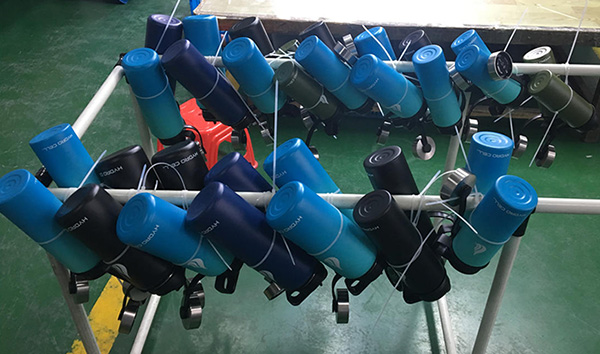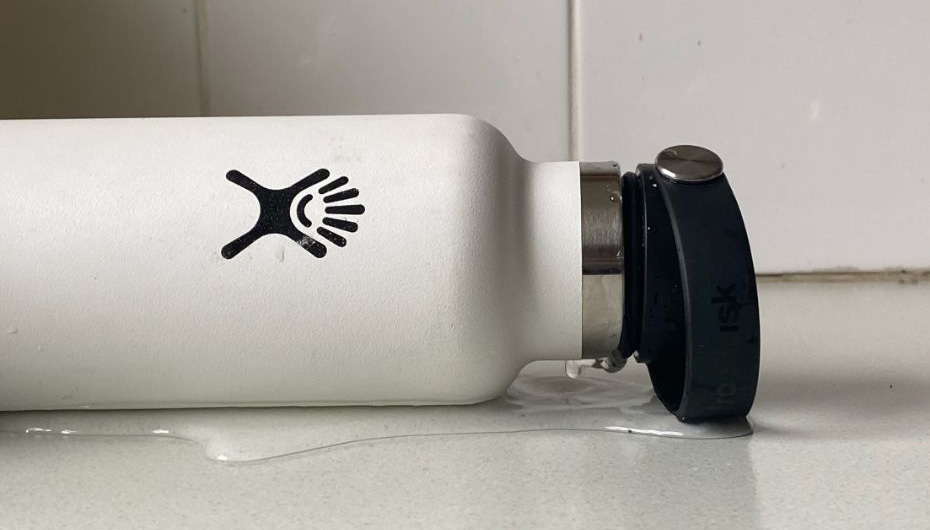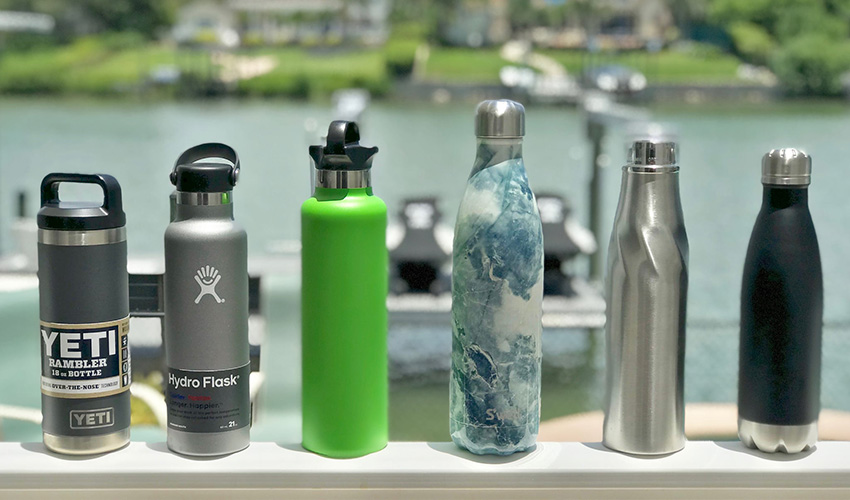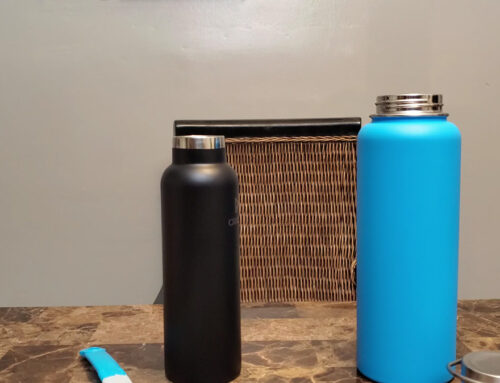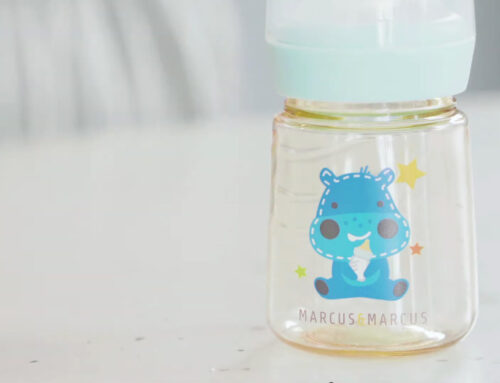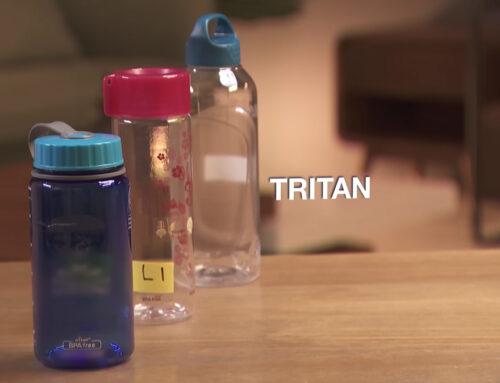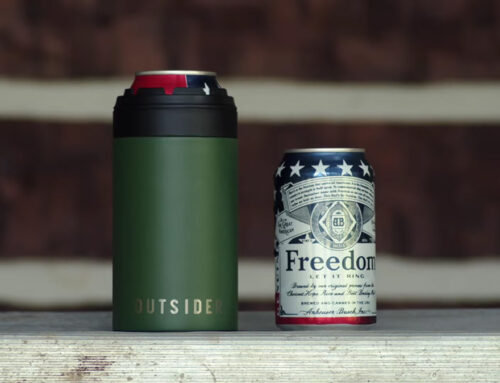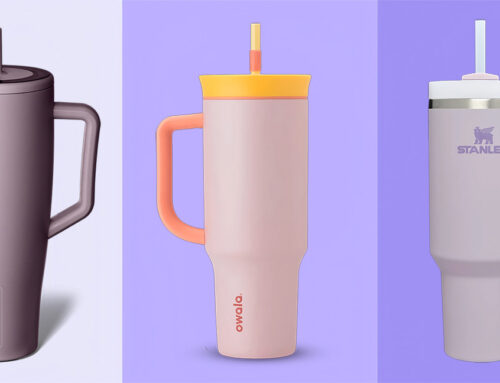You would never expect to live your life without a healthy hydration habit that energizes your life and is good for the environment. Drinking sufficient water with a water bottle has somehow become a kind of standard in modern lives. However, sometimes our bottles may leak owing to a variety of factors such as the type of the bottle itself, the material and the type of the lid.
Some types of water bottles are prone to crack while others may have strong resistance to impact. Some water bottles are more likely to fail to function well in terms of the heat-retaining capability while others may boast outstanding sealing performance.
In this article, KingStar will elaborate on the reasons and solutions to water bottle leaking issues hoping to facilitate your understanding towards these problems. We will also share with you approaches to test whether your bulk water bottles are leaking/will leak. So move your mouse and keep reading.
I. Types of Water Bottles (Purpose)
According to the purposes, the water bottle family normally covers:
- Smart water bottles
- Vacuum insulated water bottles
- Health-care water bottles (like magnetization ones)
- Bottles for holding wine and beer
- Bottles for advertisement and promotion
These bottles are used differently according to their purposes. As a new-born favorite in the water bottle family, smart water bottles are mainly used to track, monitor and regulate the daily hydration volume. This type of water bottle features in-built chips to realize the operating of complicated actions, thus is loved by the young and fashion followers.
Vacuum-insulated water bottles are traditional water bottles that are majorly used for hydration. Such a bottle of premium quality is often characterized by a double-walled stainless steel structure that is capable of yielding an outstanding insulation outcome. This insulation structure can minimize radiation and reflection, hence the agreeable heat-retaining performance.
Health-care water bottles such as magnetization water bottles are designed for the elder and people who highly care about the quality of water. This type of water bottle always contains a filter that is in charge of purifying water. It should be noted that health-care water bottles, just like smart water bottles, are not cheap ones.
Bottles for holding wine and beer, and bottles for advertisement and promotion are basically stainless steel drinking containers. The former is used to hold certain liquids while the latter is usually connected to business events.
II. Types of Water Bottles (Material)
Water bottles can be classified into 6 types according to their body material, namely:
- Stainless steel water bottles
- Plastic water bottles
- Glass water bottles
- Ceramic water bottles
- Aluminum water bottles and
- Copper water bottles
Each material is characterized by traits to meet customers’ requirement and needs.
Stainless steel (either SUS304 or SUS316) water bottles are our top pick. Bottles made by this alloy is durable and strong, free from harmful additions such as BPA. Stainless steel water bottles are the most ideal container for hydration as they are quite portable and versatile. But, when dents appear on the alloy bottle, the leaking issue may come out.
Plastic water bottles are generally disposable ones, are virtually light and comparatively cheap. However, this type of water bottle poisons the environment and inevitably carries chemicals including bisphenol A and bisphenol S. Plastic water bottles also have leaking problems, too. For example, the mouth and the bottom of these bottles may give birth to them.
Glass water bottles are beautiful and pleasant to eyes despite heavy weights and fragile traits. Glass water bottles are only suitable for indoor use. And when they are broken, they can not be used any more.
Ceramic water bottles are also heavy and susceptible to impact, yet they can offer people the pure taste owing to the unique material. Again, the rise of leaking issue indicates the entire damage of the bottle.
Aluminum and copper water bottles are metal ones that are also good for hydration. Just like their stainless steel counterparts, these two types of water bottles leak when major dents appear on the outer shell.
III. Types of Water Bottle Lids
Leaking issues densely develop around the lid of water bottles. In other words, the quality and the type of water bottle lids are closely related to the leaking problems. Some may prevent such situations from arising while others may accelerating the potential. Common water bottle lids include:
- Screw top lids
- Flip top lids
- Sports caps with nozzle
- Sports caps with spout or spigot
Screw top lids are applicable for both small opening bottles like cola-shaped water bottles and wide-mouth water bottles such as sports water bottles. This type of water bottle lids is one of the most common ones yet bottles equipped with such a lid still leak as time goes by. Flip top lids easily fall victim to the leaking issues due to the poor sealing performance. The good thing of them is that bottles engineered with flip top lids feature convenience in use.
Sports caps with nozzle are generally made of plastics and are designed with an automatic valve that minimizes the occurrence of spills. Sports caps with spout or spigot also adopt plastics or rubber as the material yet feature a spill-proof mechanism to realize a better sealing performance. However, all of these lids and caps fail to 100% prevent your bottles from spilling and leaking. Why? Scroll down and you will find the answers.
IV. Reasons Why Your Water Bottle Is Leaking?
If you observe liquids dripping from your water bottle, you should take actions immediately to find the leaking point/part. A good approach is to refill the bottle with water and then hold it emptying water in the air, which enables you to quickly spot punctures:
- If you find that your water bottle empties fast, then it may suffer from a crack or has been broken with punctures.
- If the bottle empties slowly, then the leaking issue may be resulted from a small hole. Observe it attentively and you will find that annoying hole.
- If your bottle does not leak when placed up, hold it upside down. This is because the lid/cap may go wrong and leads to the spillage.
Here are 5 reasons why your water bottle leaks or spills:
-
Loose cap
The loose cap is always observed in leaking factors. In fact, screw top lids are engineered with a certain and specific torque range that controls the sealing of the bottle. If the torque range is too little, the cap will not have enough torque force to lock the bottle. Worse still, excessive torque will damage the sealing performance by virtue of stripping caps’ threads or wrinkling the inner liner, which eventually leads to leaking issues.
-
Issues with the rubber gasket within the lid
The rubber gaskets inside of the screw top lids will absorb moisture and grow mold over time, which not only destroys locking capability but also does harm to people’s health. Besides, the aging problem of the rubber gasket will diminish the sealing performance, an issue that can not be easily fixed unless the rubber gasket is replaced with a brand-new one.
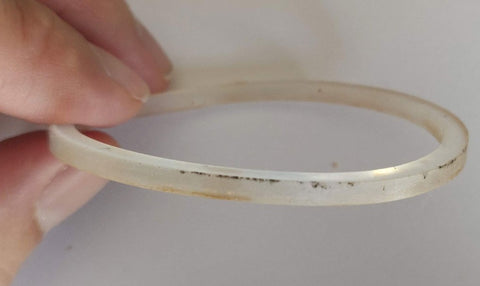
In addition, the rubber gaskets may move around or even fall out of the lids with time going by, hence the occurrence of leaking issues. Sometimes the remaining coffee grounds around the gaskets will also cause leaking problems.
3. The spout or spigot issue
The blockages in spout or spigot is another reason why your water bottle leaks. When this happens, the automatic valve must be clogged due to the accumulation of debris.
4. Uneven mouth or breaches
If you have dropped your water bottle, pay close heed to the mouth as it may suffer from distortion. If your water bottle is made of plastics, the bottle may have some breaches on the mouth due to the sudden impact and the mouth may become uneven. It should be noted that the uneven opening of stainless steel water bottles (before use) owes to the poor manufacturing quality.
V. Why Hydro Flask Straw Lid Leaking?
1. Missing intake valve/silicon part
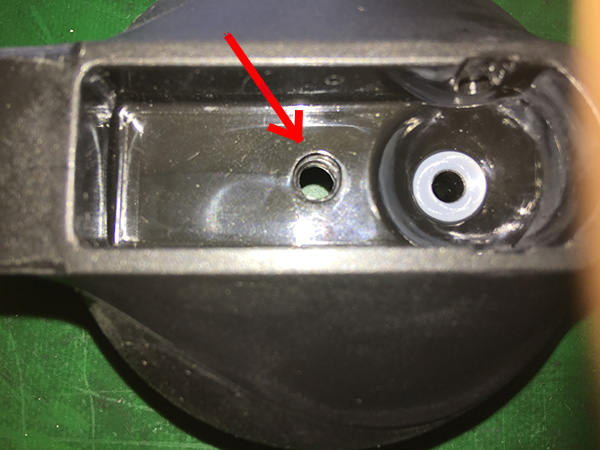
without intake valve, the hydro flask straw lid will leaks quickly
2. Rubber gasket is not installed properly.
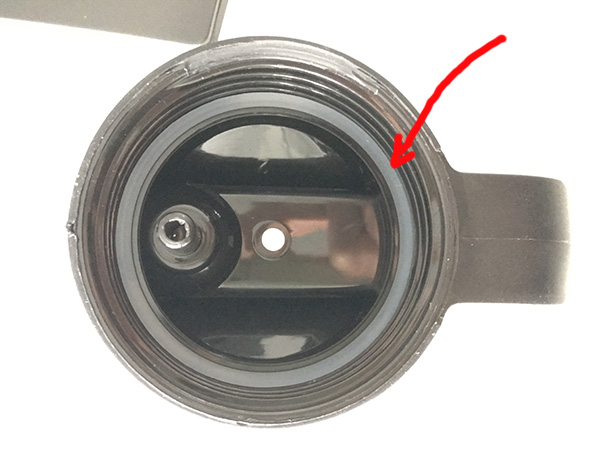
3.Hydro Flask straw lid O-ring missing or aged
Actually there are two Rubber Gaskets on straw lid. It’s easy to find the big rubber gasket while it is difficult to find the small one. Many vacuum flask reviewers and water bottle enthusiasts are unaware that this little O-Ring exists. As a hydro flask manufacturer, KingStar is here to share this secret with you.
Small Rubber Gasket Inside has aged or is missing. This cutaway show you where the small silicone ring is located. It is under the mouth piece.
small rubber gasket (o-ring) location
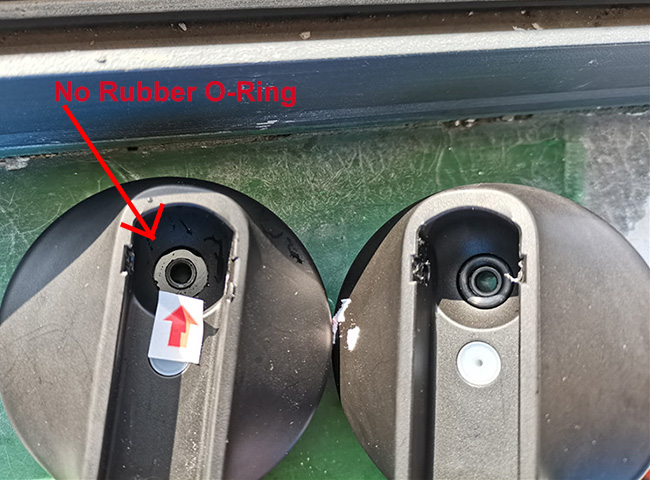
VI. How to Fix Water Bottle Leaking Issue
Different causes call for corresponding solutions. And in this part KingStar will share with you several tips to solve the annoying leaking and spilling issues:
- Loose cap
Before use, you are advised to screw the lid carefully to gradually discover the proper force of the torque, which is conducive to guarding against potential issues.
However, if your cap/lid has already become loose, you can then turn to a thread seal tape for help. So how to use it? Simply remove the lid/cap before pressing the tape on the screw thread of your water bottle. Remember, you should roll the tape towards the counter-clockwise direction to make it function well. Then add a layer of tape to tighten the lid/cap. Do not add too much layers as the lid/cap may fail to match the thread, and during the fixing process you should see whether there are air bubbles or bulging problems appearing in the tape. Once you have finished your work, your water bottle is expected to enjoy a satisfactory sealing performance.
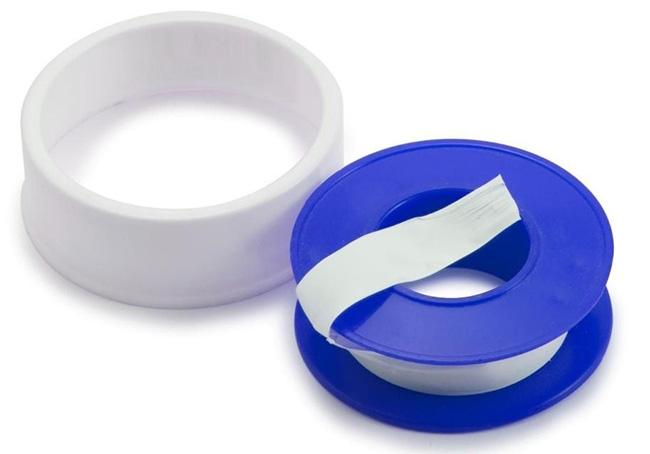
-
Issues with the rubber gasket within the lid
If the rubber gasket of your water bottle has absorbed too much moisture and grew mold over time, you need to clean the gasket. It would be advisable for you to remove the gasket and wash it separately before drying it completely. After that, you can put it back and the leaking issues as well as the spilling issues are thus solved.
If your rubber gasket fails to achieve the sealing function due to the aging problem, replace it with a new one. It should be highlighted that the aging process is accelerated when your water bottle is filled with hot beverages.
If your rubber gasket inside of the cap/lid moves around or even fall out of the cap/lid, you should clean the lid as there might be something (such as coffee grounds) hidden in the lid. Once you have completed your cleaning work, put the rubber gasket back and the leaking issue disappears.
-
The spout or spigot issue
If you find that your water bottle is blocked in the cap/lid, then you should clean up the remaining debris. Turn the lid/cap over and use a small brush or a toothpick to carefully clean them out. After the cleaning work, you should assemble the lid/cap in order to make sure every part has been set and the original sealing mechanism operates normally.
-
Uneven mouth or breaches
If your water bottle (before use) has a uneven mouth or breach, you should contact your water bottle manufacturers for repair or replacement. The repair of leaking issues resulted from uneven mouth or breaches should be borne by your supplier.
VII. How do Drink Bottle Manufacturer Tests for Leak Proof?
The leak proof test is an extremely important test. KingStar conducts a leak test on every water bottle before shipping.
Test method: After filling the water bottle with water, hold it upside down in the hands of the inspector. Shake up and down quickly 10 times, the amplitude is 50cm. Then place the water cup horizontally on the test bench for 30 minutes, and then hang it upside down for 30 minutes. There should be no any water leakage during the whole process.
